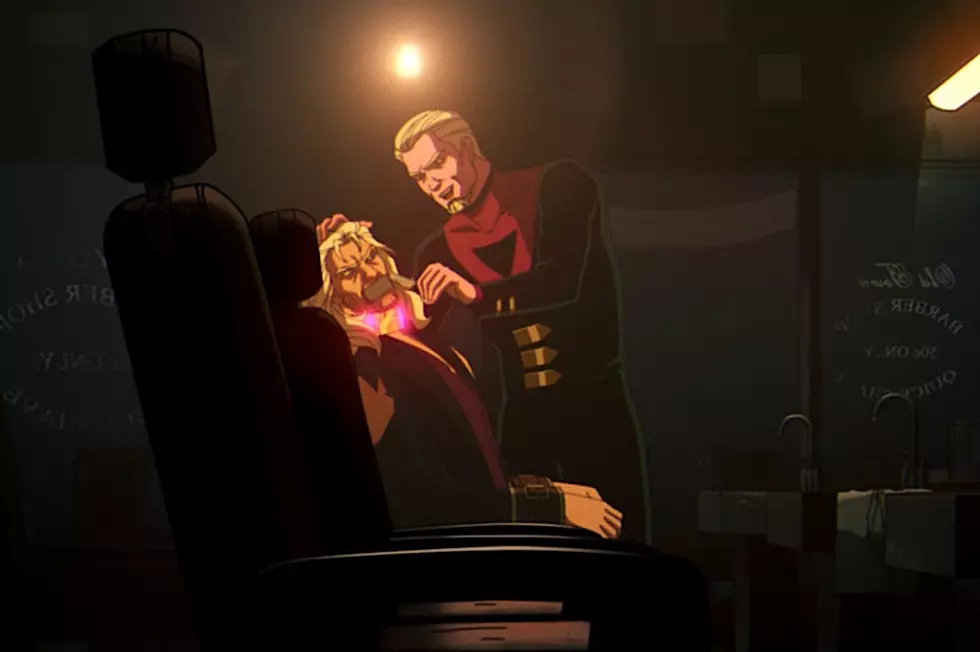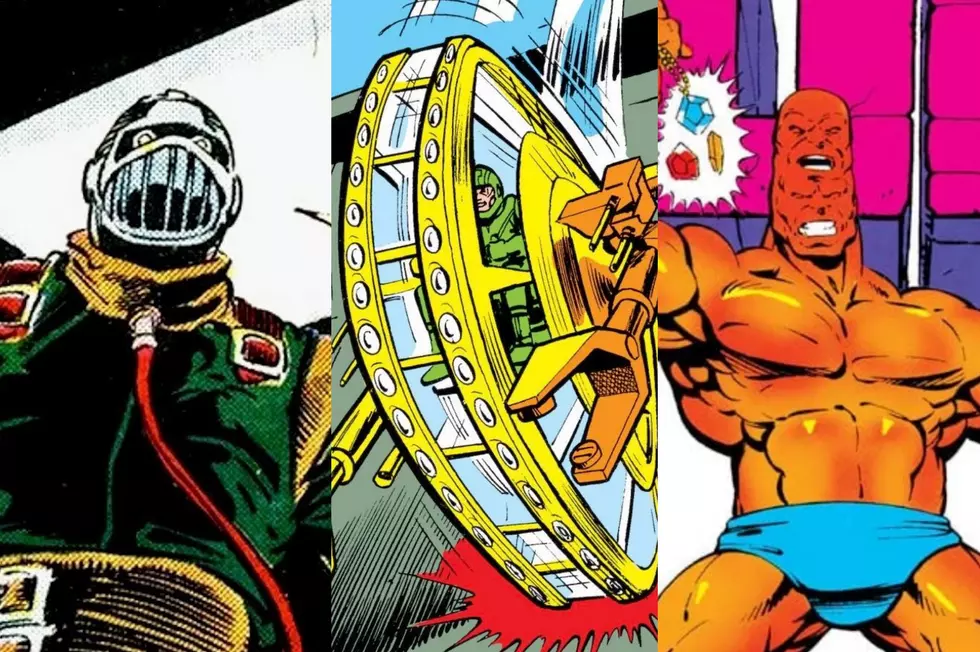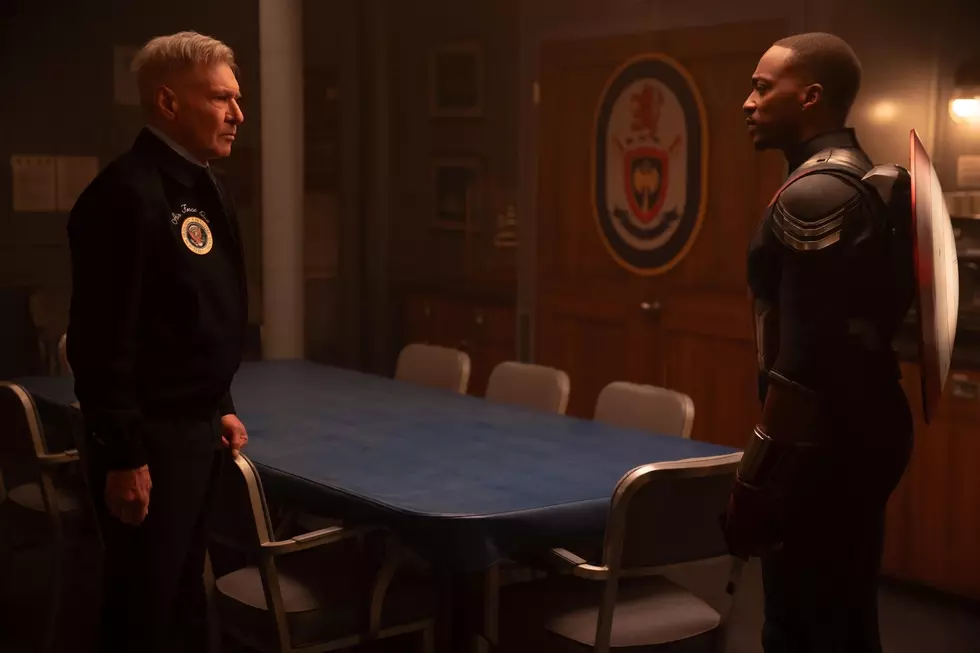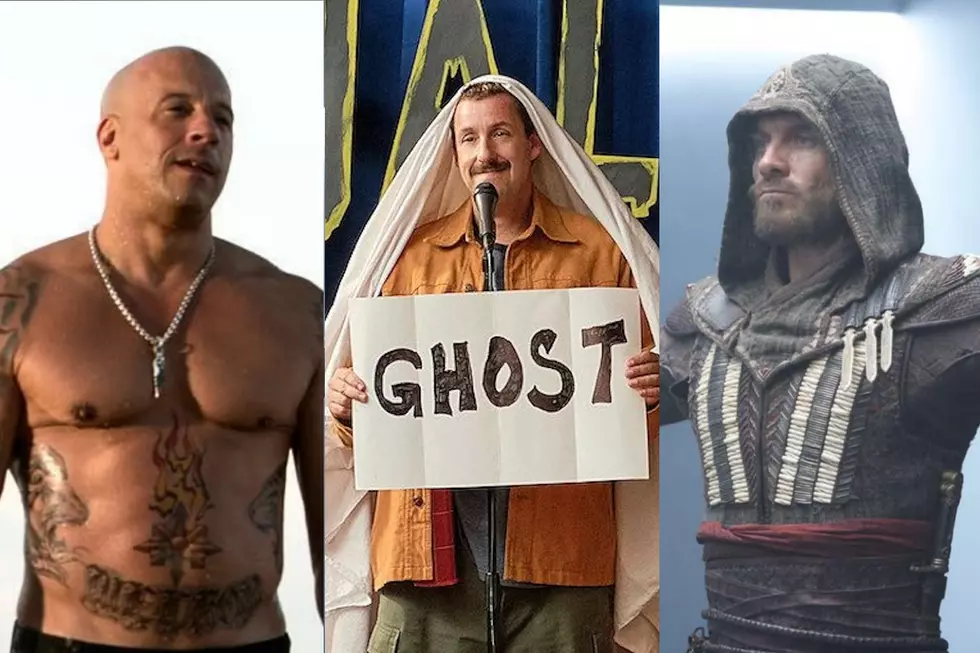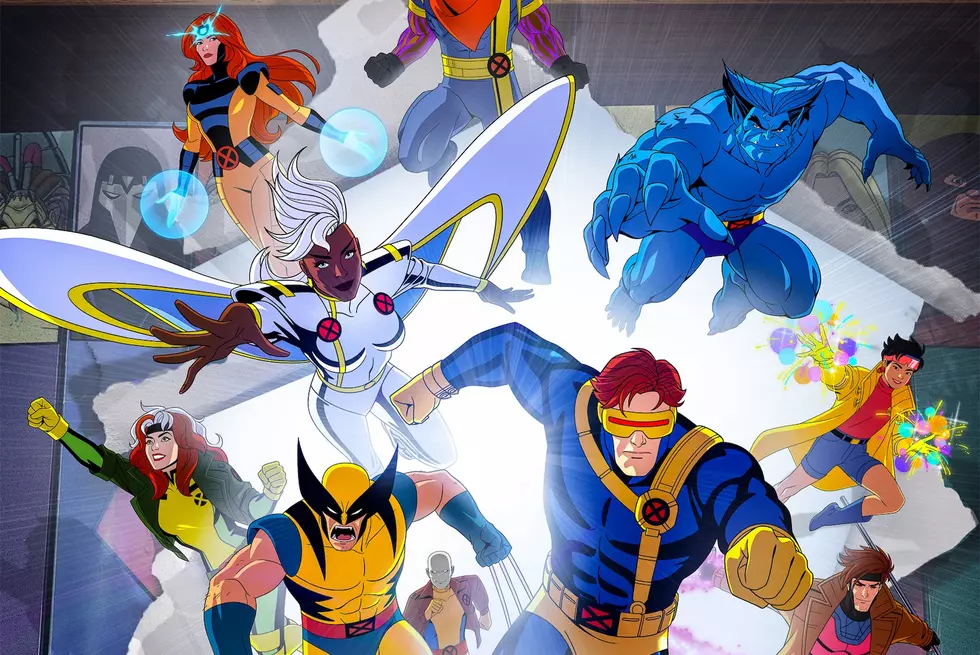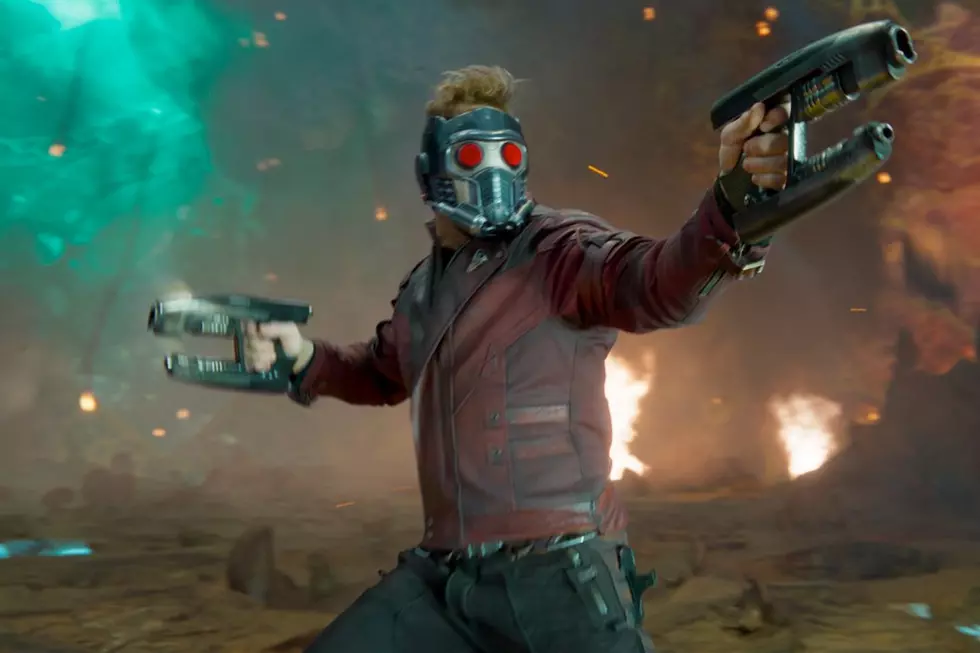
‘Guardians of the Galaxy Vol. 2’ Review: Familiar Fun With Marvel’s Cosmic Heroes
In the final scene of Guardians of the Galaxy, Chris Pratt’s Peter Quill (aka Star-Lord) asked Zoe Saldana’s Gamora what they should do next. “Something good? Something bad?” he wonders, before settling on “a bit of both.”
Those turned out to be prophetic words. Guardians of the Galaxy Vol. 2 is a bit of both — albeit more good than bad when all is said and done. Here is a movie that will surely please fans of the original, just as surely as it won’t please them quite as much as the original did.
How could it? The first Guardians delighted viewers with plot twists, offbeat humor, and a cast of lovable misfits. James Gunn’s initial foray into the Marvel Cinematic Universe was one charming surprise after another. Now we know these characters and their world; having already assembled these so-called a-holes into a convincing team, Gunn struggles to find new ways to pull them back apart and recreate Vol. 1’s sense of urgency and suspense. Where the original Guardians felt fresh, Guardians Vol. 2 now feels familiar — sometimes pleasantly so and sometimes not.
The film takes place just a few months after the previous one (the better to exploit the ludicrous adorableness of Baby Groot, voiced by Vin Diesel, introduced in the final moments of Vol. 1), with the team initially working on behalf of an alien race known as the Sovereign. With flawless golden skin and flaxen hair, and physical features supposedly designed in a lab to ensure their absolute perfection, the Sovereign stand in stark contrast to the Guardians, whose members include a half-human bounty hunter, two orphaned alien warriors, a sentient space tree, and a talking raccoon who hates being called a raccoon. Gunn, who got his start in movies working for the low-budget horror studio Troma Films, has shown a strong affinity throughout his career for stories about outsiders and weirdos, and the juxtaposition between the glittering Sovereign and the schlubby Guardians gives him another.
Our heroes complete their mission for the Sovereign, and receive their payment — Gamora’s sinister sister Nebula (Karen Gillan) — but in the process Rocket (Bradley Cooper) secretly steals some of the Sovereign’s magic MacGuffins batteries, prompting a chase that leaves the Guardians stranded on a remote planet. A rescue comes in an unlikely form: The alien father Peter has never met. His name is Ego, and as played by Kurt Russell he’s a swaggering, jovial space god who loves to over-explain the not-at-all-hidden subtext in his son’s favorite vintage pop songs. (We get it Ego. “Brandy” is about a wanderer who loves women and leaves them, just like you. You don’t need to go through the lyrics line by line like you just read its Genius page.)
Ego invites Peter to his home planet for some long-overdue catching up, which breaks the team and the film around them into two parts. Star-Lord, Gamora, and Drax (Dave Bautista) travel to Ego’s world along with his empathic assistant Mantis (Pom Klementieff) while Rocket and Baby Groot stay behind to fix the Guardians’ ship and keep an eye on Nebula. But the Sovereign are still hot on their trail, and they hire Peter’s old boss, the bounty-hunting Yondu (Michael Rooker), to track down their batteries and the guys that stole them.
That’s the extent of the film’s plot. There are no major villains until the film’s final act, few serious stakes, and a ton of exposition as the various characters explain their respective backstories to one another. Everything is focalized around the idea of family, those we’re born into and those we build by choice, and which matters more. Does Star-Lord’s new relationship with Ego trump his budding romance with Gamora? Can Gamora put aside her differences with Nebula? Will Drax put down his grief about the death of his wife and child?
These are interesting questions, and Gunn gets plenty of time to examine them over the course of his two hour and 15 minute runtime. It’s just that those questions don’t really coalesce into a particularly compelling narrative. The characters’ sharp personalities keep even the driest scenes entertaining — and Bautista’s extremely literal Drax has evolved into a scene-stealing punchline machine — but there’s almost no momentum (not to mention any memorable action) to the film’s long middle section, which sometimes looks more like a really expensive Richard Linklater movie than a summer blockbuster.
Any hardcore comic-book reader will tell you that most comic series alternate between big stories and the stories between the big stories, where the characters get room to breathe and the creators resolve lingering mysteries and subplots before the next big crossover. Guardians of the Galaxy Vol. 2 is the movie version of that. It’s likable but uneventful, even when the fate of the galaxy inevitably (but mostly theoretically) hangs in the balance. The characters and their relationships are strong and the dialogue is sharp, but the whole thing feels like a minor installment in an ongoing series. The Guardians do good and bad, but they wind up almost exactly where they started, ready for Avengers: Infinity War.
Additional Thoughts:
-Yes, there are five (5!) post-credits scenes in the film, although most technically take place during the credits, not after them. Most are like the Baby Groot gag from Vol. 1; cute little jokes that wouldn’t have fit into the main narrative. Only one seems genuinely important to the future of the Guardians’ storyline.
-Guardians of the Galaxy Vol. 2 is the third Marvel movie of the last four with an introductory scene that features an actor de-aged with computer technology. The effect is fairly convincing, but this trope is starting to feel like a Marvel cliché, like the giant laser beam in the sky or the pointless Thanos cameo.
-Speaking of Thanos, although the end of Vol. 1 set up a confrontation between Drax and the Mad Titan, Marvel’s mega-baddie doesn’t appear in Vol. 2, and is only occasionally mentioned in reference to the ongoing family feud between Gamora and Nebula. (Drax also seems to have forgotten that he wants to kill Thanos, and he never talks with Nebula about their mutual adversary.)
-When the Marvel Studios first began appearing in front of films in the early 2000s, it featured flipping comic book images that slowly dissolved into the iconic white-on red letters of the company’s name. Now the Marvel logo has about five seconds of comics art before shifting to images of their popular movie characters, as if Marvel’s transition from one medium to another is nearly complete.
More From ScreenCrush
